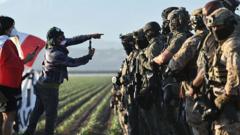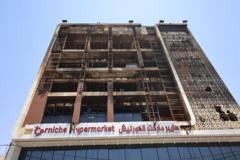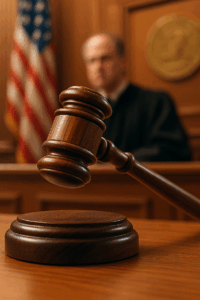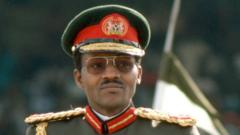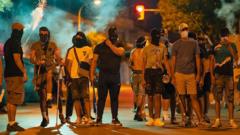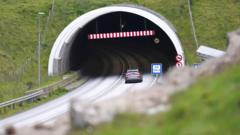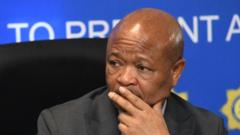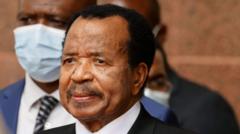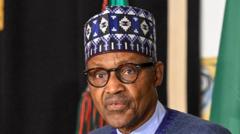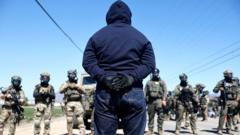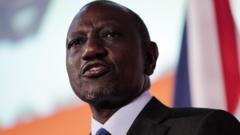In the Serbian capital of Belgrade, a pro-government rally organized by President Aleksandar Vucic drew a crowd of approximately 55,000 supporters, even as the country grapples with a wave of protests that have persisted for months. Despite the significant turnout, which included participants traveling from neighboring nations, this event attracted fewer attendees compared to a recent large-scale anti-government protest.
Thousands Rally in Support of Vucic as Tensions Persist in Serbia
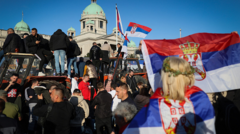
Thousands Rally in Support of Vucic as Tensions Persist in Serbia
A massive pro-government rally in Belgrade sees thousands turning out for President Aleksandar Vucic amidst ongoing civil unrest.
The ongoing unrest was fueled by public outrage following a tragic incident in November, when a railway station canopy collapse in Novi Sad took the lives of 15 individuals. Many Serbians held the ruling Progressive Party accountable for the catastrophe, attributing it to corruption and inadequate safety measures. In a bid to rally his base, Vucic framed the Saturday event as the inauguration of a new “Movement for the People and the State,” emphasizing the need to shield Serbia from perceived threats he claimed are undermining the nation.
During his speech, Vucic urged prosecutors to uphold law and order while characterizing the student-led demonstrations as destabilizing forces. He suggested that these protesters were financially backed by foreign intelligence entities—though he did not specify who these powers were. Moreover, Vucic criticized the national broadcaster, RTS, accusing it of participating in a conspiracy to incite a “colour revolution” against his government.
The background of the protests links directly to the government’s decade-long tenure, with the Novi Sad tragedy highlighting complaints regarding the administration’s handling of public safety and infrastructure projects. Following the incident, one of the slogans rapidly adopted by demonstrators was “corruption kills,” underscoring their demand for accountability in the government’s procurement processes.
Despite multiple resignations within the cabinet and ongoing civil unrest, Vucic and his administration have remained defiant, insisting that they will not be swayed by the protests. Last month’s mobilization in Belgrade marked the largest demonstration in Serbia’s history, with independent estimates suggesting that upwards of 325,000 people participated. The turnout reflected deep-seated frustrations with the government that appear likely to continue influencing the political landscape in Serbia for the foreseeable future.
During his speech, Vucic urged prosecutors to uphold law and order while characterizing the student-led demonstrations as destabilizing forces. He suggested that these protesters were financially backed by foreign intelligence entities—though he did not specify who these powers were. Moreover, Vucic criticized the national broadcaster, RTS, accusing it of participating in a conspiracy to incite a “colour revolution” against his government.
The background of the protests links directly to the government’s decade-long tenure, with the Novi Sad tragedy highlighting complaints regarding the administration’s handling of public safety and infrastructure projects. Following the incident, one of the slogans rapidly adopted by demonstrators was “corruption kills,” underscoring their demand for accountability in the government’s procurement processes.
Despite multiple resignations within the cabinet and ongoing civil unrest, Vucic and his administration have remained defiant, insisting that they will not be swayed by the protests. Last month’s mobilization in Belgrade marked the largest demonstration in Serbia’s history, with independent estimates suggesting that upwards of 325,000 people participated. The turnout reflected deep-seated frustrations with the government that appear likely to continue influencing the political landscape in Serbia for the foreseeable future.

